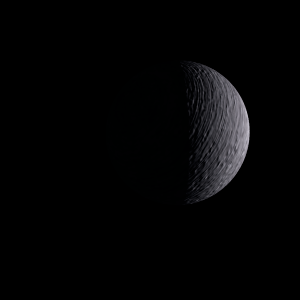|
|
Space Astro
|
Info for exoplanet "Gukazape"
| Scientific (actual) data |
|---|
| Name | HATS-25 b |
| Planet status | Confirmed |
| Planet mass | 0.613 |
| Radius | 1.26 |
| Orbital period | 4.29864 |
| Semi major axis | 0.05163 |
| Orbit eccentricity | 0.088 |
| Inclination | 86.93 |
| Discovered | 2016 |
| Updated | 2016-07-28 |
| Tzero tr | 2456870 |
| Impact parameter | 0.538 |
| K | 76.8 |
| Publication | Published in a refereed paper |
| Detection type | Primary Transit |
| Mass measurement type | Radial Velocity |
| Radius measurement type | Primary Transit |
| Star name | HATS-25 |
| Right ascension | 207.91° |
| Declination | -23.78° |
| Mag v | 13.1 |
| Star distance | 466 |
| Star metallicity | 0.02 |
| Star mass | 0.994 |
| Star radius | 1.107 |
| Star sp type | G |
| Star age | 7.5 |
| Star temperature | 5715 |
| Star alternate names | 2MASS 13513786-2346522, GSC 6716-01190 |
| Wikipedia article | HATS-25 b |
Back
| |
| Fictional info (?) |
|---|
| Suggested name | Gukazape |
| Planet type | Hot gas giant |
| It is the coldest planetary atmosphere in its solar system, with a minimum temperature of 53°K (-220°C), and has a complex, layered cloud structure with methane thought to make up the lowest clouds, and xenon the uppermost layer of clouds. |
| Atmosphere | Xenon | 49% |
| Methane | 20% |
| Sulfur dioxide | 18% |
| Oxygen | 11% |
| Carbonyl sulfide | 1.3% |
| Hydrogen | 0.48% |
| 2H2O | 0.091% |
| Atmospheric pressure | 0.001 bar |
 |
| Moon | Myuri Ekemi Mi | Very small irregular gaseous moon |
| Google search for Gukazape |
|
Website by Joachim Michaelis
|
|
|
|